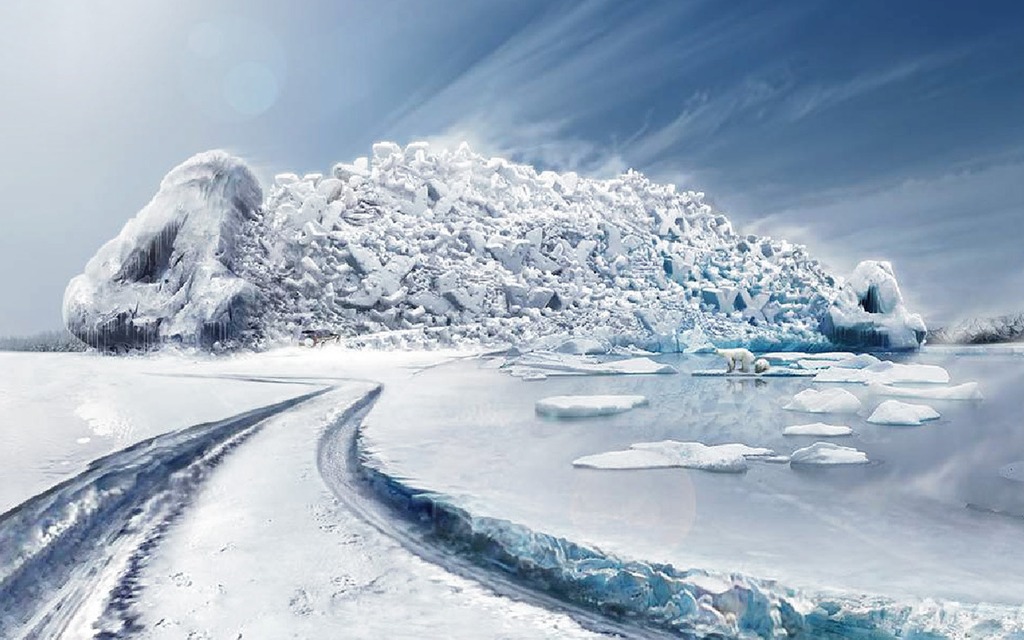What to do if your car skids on ice? Expert tips for winter driving
TORONTO - Some parts of the country have already been hit with a first blast of snow, a reminder for everyone else to prepare for the coming challenges presented by winter driving, experts say.
"Too many people decide to fill up on washer fluid and get their winter tires on after the first snowfall hits. Check any automotive store where they sell and install winter tires and you'll see long, long lineups when it first starts to snow," said Scott Marshall, director of training for Young Drivers of Canada.
"Get your winter tires, get your winter supplies ready _ like now."
Marshall said now is also the time to bone up on winter driving strategies.
"The fact is, how we drive in everyday conditions is for ideal conditions, and driving in the wintertime is not ideal."
That means be prepared to drive slower, steer more smoothly and brake earlier.
"Skids and slides are caused by change, either change of direction or change of speed," he said.
Drivers should be looking far ahead to anticipate the need to change speed, to steer into another lane or turn.
"Start braking earlier than you normally would by coming off your gas, let the car's idle speed start to slow you down ... and then gently apply the brake in a smooth fashion, you want to avoid the sudden sharpness of a brake," Marshall said.
Braking should be done before steering the wheel for a turn, he added.
"It's always best to do all your braking in a straight line before you're making a turn, that way your wheels have a chance to grip better."
Heading too quickly into a turn can cause a nightmare scenario for drivers: a fishtail, when a vehicle's rear wheels lose traction and send the car spinning.
"The weight differential all shifts to the front of the vehicle (when braking) and if you steer a bit too sharply, because there's less weight at the back of the vehicle, it could cause your car to fish tail," Marshall said.
If that starts to happen, drivers should steer into the skid. So if the car's rear wheels begin drifting to the left while making a right-hand turn, the driver should turn the wheel left. Slamming on the brakes while driving too fast can also cause the wheels to lock, which propels the car forward out of control. Putting the car into neutral or stepping on the clutch pedal will help slow it down and regain control.
Another potential problem is driving over a patch of slippery black ice. Anne Marie Hayes, an instructor with Canadian Tire Drivers Academy and president of Teens Learn to Drive, said drivers who suddenly hit black ice need to focus on retaining control and shouldn't panic.
"Understand that if you do hit black ice, patches are usually around six metres or less _ so there is a beginning and there is an end," Hayes said.
"Take your foot off the accelerator when you start to lose traction, keep your eyes high looking ahead ... and then as soon as you start to gain traction again, put your foot back on the accelerator and gently accelerate."
Drivers who are nervous about encountering dangerous conditions may want to stick to the right lane whenever possible, she added.
"Then you only have one lane of moving traffic next to you, which is a good thing, and in an emergency you can use the shoulder of the road," said Hayes.
If drivers aren't feeling confident about their ability to drive safely they should definitely stay off highways, added Marshall.
"If you feel for your comfort zone you're going to be going slower than most other drivers then leave the highway, go on a road that has a slower speed limit," he said.
"If you find that other drivers are driving too quickly for your ability and for your safety and comfort zone then you don't want to be near them anyway."
A long list of groups - Transport Canada and the Canadian Automobile Association among them - recommend winter tires, but some drivers are still skeptical of how much they're really needed. Winter tires actually come in handy as soon as the temperature drops below 7C, even if the roads are completely clear of snow, slush and ice, said Sachin Deshpande, spokesman for Michelin.
"An all-season tire is made from rubber compounding that starts stiffening below seven degrees Celsius and if the compounding stiffens, what essentially happens is your grip pad becomes smaller, the tires are not as malleable as they should be and you start losing traction," Deshpande said.
"Whereas the rubber compound in a winter tire is softer, so what happens is it stays soft even in freezing temperatures and that is why it gives you the optimal grip."
By Michael Oliveira
THE CANADIAN PRESS








